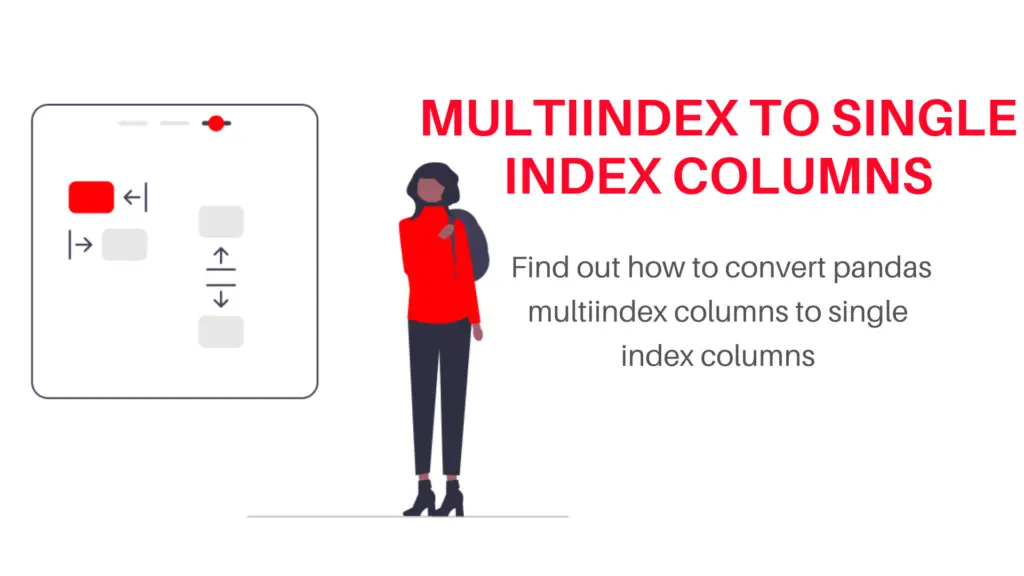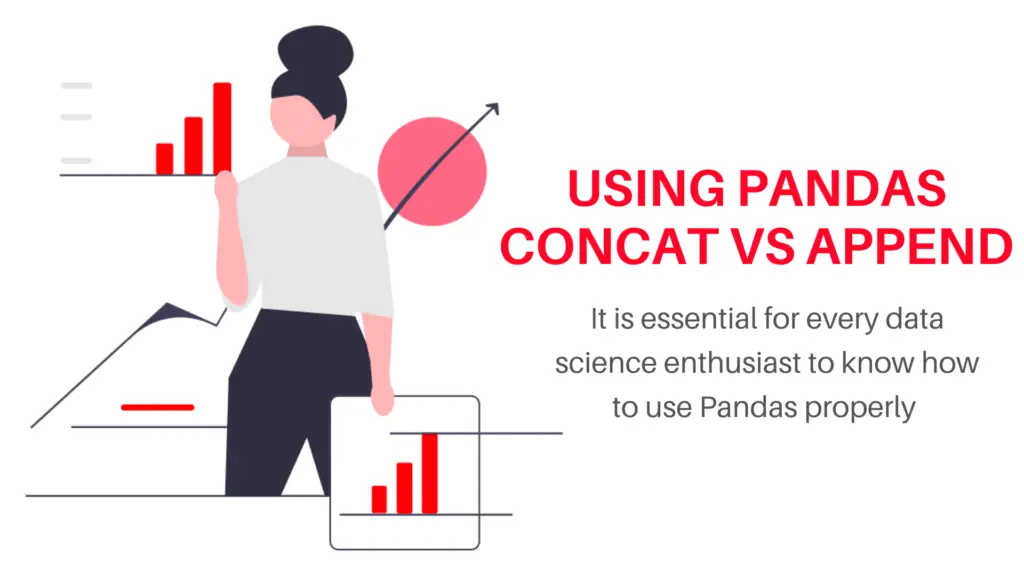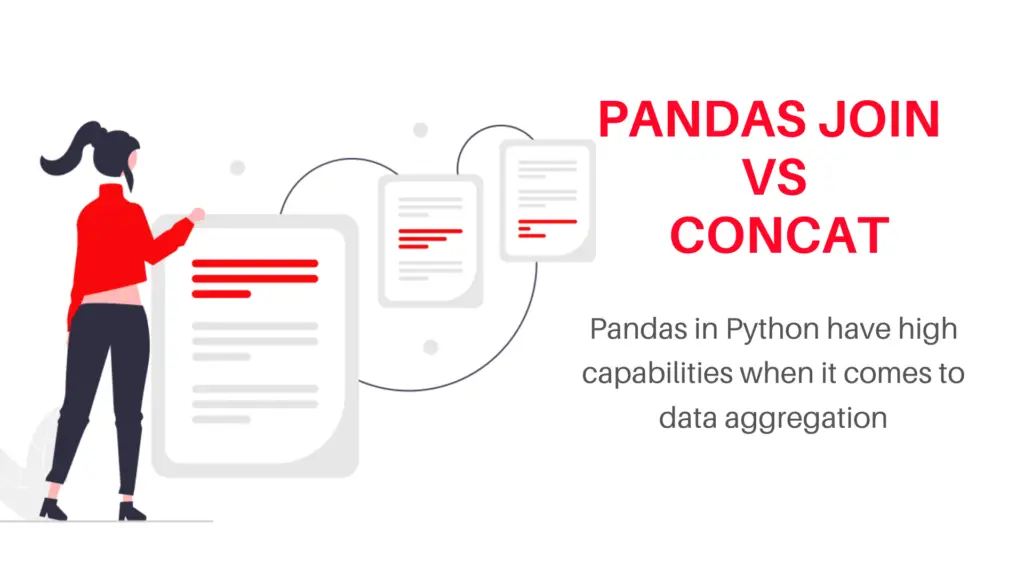The world of analytics is ever-growing and companies like EY (which is one of the Big 4) use Alteryx for Analytics in their day-to-day analysis for Self-Service Data Analytics. The increasing demand for preparation, blending, analytics, and sharing of insights with data is answered by analytics. The operational analytics market is expected to grow globally from USD 5 billion in 2016 to USD 13 billion by 2022.
Find out everything you need to know about Alteryx in this article!
What is Alteryx?
Using visual workflows, alteryx for analytics in companies ensures the creation of pipelines that companies can use repetitively in their data and save time and effort with the innovative drag and drop system for the same.
In very simple terms, imagine Tableau but instead of visualizations, using drag and drop you can create end-to-end pipelines which can work on ETL i.e. Extraction, Transformation, and Loading of datasets along with Predictive analytics wherever required. While Excel succumbs to massive datasets with over 500K rows, it takes barely 5 seconds on a mid-end system for Alteryx to conduct computations.
Here is an example ETL pipeline prepared on Alteryx:

With companies like McLaren, Amway, 7 eleven, Walmart, and Sega using Alteryx, it’s a must-learn for data science enthusiasts today.
What’s so different about Alteryx?
The best part about Alteryx is that it offers analytics solutions to its customers in a very non-code-friendly environment where everything is drag and drop and pipelines can be shared or reproduced easily. Imagine wanting to conduct the entire analysis on another dataset, you can copy a workflow and change the source data. You don’t have to worry about having an error in your code or the size of the computation. Alteryx can handle large datasets almost 10x faster than its competitors.
What does Alteryx offer to analysts?
Simple drag and drop options for different analytical requirements of analysts that are divided into multiple segments including some additional extensions to combine programming languages make Alteryx a tool like none other. Using Alteryx for analytics is easier, faster, and more accurate.
Also, read -> Top programming mistakes to avoid
Here is an example of the different segments of analytics solutions offered by Alteryx x64 (64 bit):

As you can observe, Alteryx offers different drag and drop options under various segments such as;
- In/Out (Input Output functions)
- Data preparation
- Join
- Parse
- Transform
- Reporting
- Documentation etc.
Fun Fact: The McLaren Formula 1 Team uses Alteryx to analyze the physical, virtual, and race world data to ensure their race car is prepared to perform at optimal efficiency.
Predictive Analytics in Alteryx offers techniques that include regression, decision trees, random forests, neural networks, support vector machines (SVMs), naïve Bayes classifiers, and many more. With over 40 drag and drop tools for just predictive analytics, the power of alteryx is unparalleled.
Read more about Alteryx here: Official Alteryx Website
How to use Alteryx for Analytics?
Let us go over a very simple example to demonstrate how easy Alteryx really is to use. In this example, we’ll use alteryx to alter the type of data in columns from a source file i.e. a CSV file.
In a programming language like python, at times it takes a lot of hard work to see the data in columns and then change the data accordingly to make sure you can perform your analysis on data precisely. You’ll see how Alteryx proves to be a lifesaver in such ETL tasks which can complete in seconds in a workflow.

Step 1: Drag the book icon on the workflow screen to input data from the In/Out tab on your Alteryx window.

Step 2: Select a file by specifying the file path and file format.

Step 3: Choose the select icon (tick symbol) from the Data Preparation tab and you’ll see all the columns of your dataset and the type of data in each.

Step 4: For your analytics purposes, change the column types as required.
Step 5: Choose the binoculars icon i.e. Browse from In/Out tab and see the resulting dataset.
You can add the sort icon, and the filter icon and perform functions to prepare new features in your dataset using the alteryx workflow. And if you want to perform the same process for another dataset, all you need to do is change the data source in the book icon i.e. Input. The output will change accordingly as per the workflow.
If you want to learn how to create a basic workflow, check out this YouTube video: Alteryx tutorial for Beginners
Conclusion:
Alteryx is pretty much a magical software that when used correctly can make analysis clearer with a greater level of precision and accuracy while saving time altogether. It can optimize the time spent manually editing data in other spreadsheet software and it can take your analysis to the next level. With the advent of Big Data, enterprises often face a challenge related to data complexity as big datasets are tougher to analyze or have multiple data sources with mismatching labels. Using Alteryx for analytics can help clean these datasets and make them ready in seconds.
Alteryx for analytics is not only to clean data but also to make better decisions. With its spatial analytical capability, alteryx proves to be a better option as it is possible to analyze where to locate a new store by analyzing the residential area which is not so easy in Python or R, or any other tool. In 2022, Alteryx makes data analytics easier to do for everyone. Use it today!
Try out Alteryx and let us know what you think about it in the comments below!
For more such articles, read out the blog – Buggy Programmer

An eternal learner, I believe Data is the panacea to the world's problems. I enjoy Data Science and all things related to data. Let's unravel this mystery about what Data Science really is, together. With over 33 certifications, I enjoy writing about Data Science to make it simpler for everyone to understand. Happy reading and do connect with me on my LinkedIn to know more!
- Yash Guptahttps://buggyprogrammer.com/author/yash/
- Yash Guptahttps://buggyprogrammer.com/author/yash/
- Yash Guptahttps://buggyprogrammer.com/author/yash/
- Yash Guptahttps://buggyprogrammer.com/author/yash/





